Sunday Train: First California HSR Service to connect Bay & San Joaquin Valley
Must-read blogs
- Casinos Not On Gamstop
- Casino Con Bonus Di Benvenuto
- UK Online Casinos Not On Gamstop
- Migliori Bookmakers Non Aams
- Gambling Sites Not On Gamstop
- Non Gamstop Casinos UK
- Non Gamstop Casino UK
- Slots Not On Gamstop
- Best Non Gamstop Casinos
- Sites Not On Gamstop
- Non Gamstop Casino
- Sites Not On Gamstop
- Slots Not On Gamstop
- UK Casino Not On Gamstop
- Casino Non Aams
- Best UK Online Casino Sites
- Sites Not On Gamstop
- Casino En Ligne Fiable
- Non Gamstop Casino UK
- Non Gamstop Casino
- Non Gamstop Casinos
- Non Gamstop Casino
- Migliori Casino Online Italiani
- Best Betting Sites Not On Gamstop
- Meilleur Casino Crypto
- Sites De Paris Sportifs Belgique
- Casino En Ligne Fiable
- найкращі крипто казино
- Meilleur Casino Sans Kyc
- Bonus Gratuit Sans Dépôt
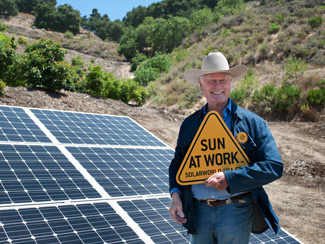 A concept that has been percolating into debates over the feasibility or desirability of moving to an all-renewables, no/low carbon energy supply system is the ceiling on what percentage share of our total energy supply we can take from variable renewables. At
A concept that has been percolating into debates over the feasibility or desirability of moving to an all-renewables, no/low carbon energy supply system is the ceiling on what percentage share of our total energy supply we can take from variable renewables. At 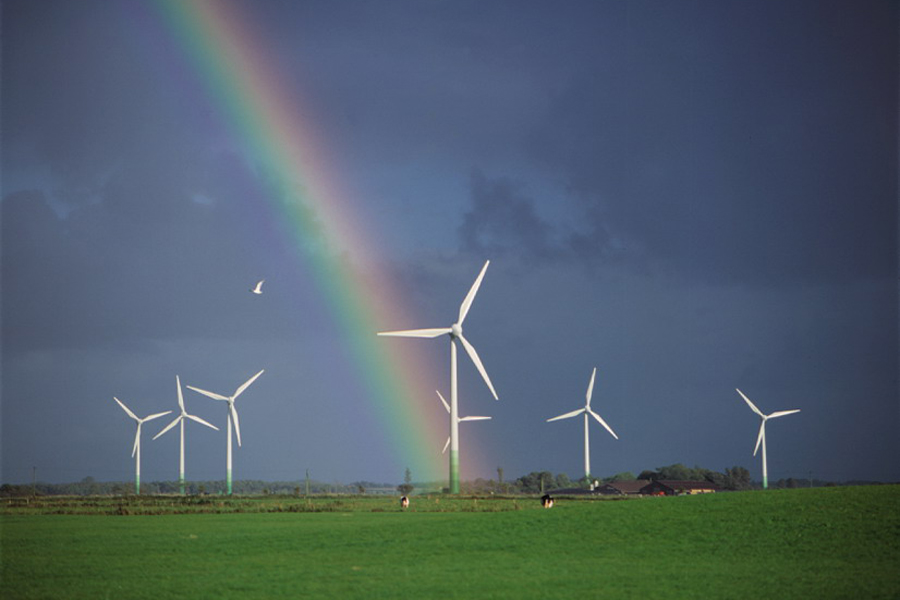 There is an ongoing general discussion in the field of sustainable energy that does not carry the risk of the destruction of our current industrial society and economy about variable renewable energy.
There is an ongoing general discussion in the field of sustainable energy that does not carry the risk of the destruction of our current industrial society and economy about variable renewable energy. The US Energy Information Administration released a story last week which sounded like good news:
The US Energy Information Administration released a story last week which sounded like good news: 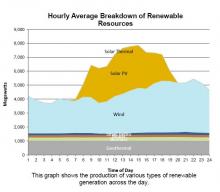
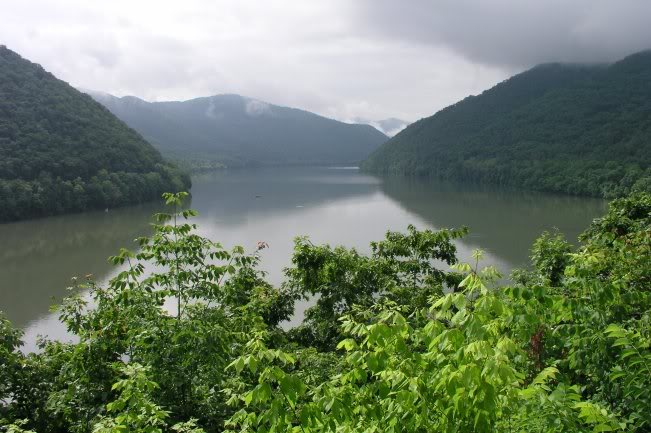 The flashy rail projects are the very HSR projects to build bullet trains serving urban areas with millions of people.
The flashy rail projects are the very HSR projects to build bullet trains serving urban areas with millions of people.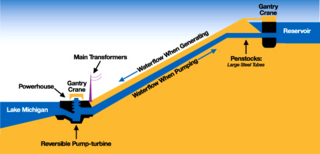 In a sense, Sunday Train has been mentioning reverse pumped hydro before the Sunday Train actually existed. In 2007 at Daily Kos, in "Driving Ohio on Lake Erie" (
In a sense, Sunday Train has been mentioning reverse pumped hydro before the Sunday Train actually existed. In 2007 at Daily Kos, in "Driving Ohio on Lake Erie" (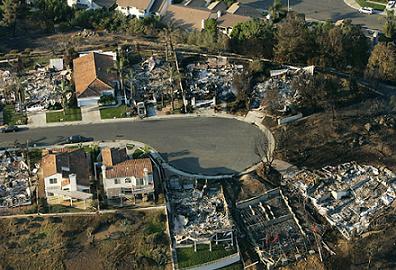 The Great Recession of 2007-2009 triggered the Depression that we appear to be exiting this summer. And it was triggered by the collapse of the Great Turn of the Century Suburban Housing Bubble.
The Great Recession of 2007-2009 triggered the Depression that we appear to be exiting this summer. And it was triggered by the collapse of the Great Turn of the Century Suburban Housing Bubble.